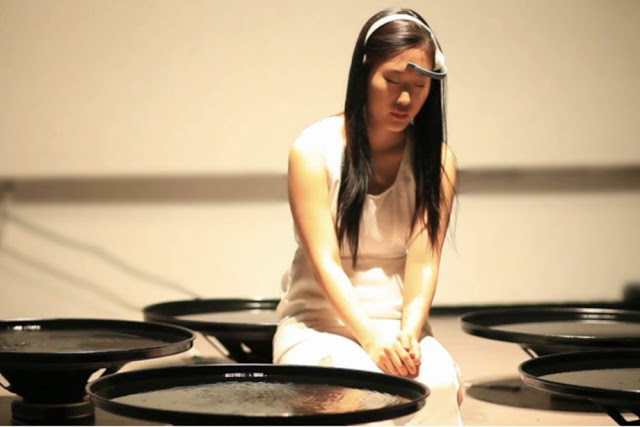| Online: | |
| Visits: | |
| Stories: |
10 Pieces Of Music Created With Brainwaves
By Becky Chung
thecreatorsproject.vice.com
EEG (electroencephalography), is a hardware technique long-used to diagnose and study epilepsy, sleep disorders, and brain death. Only recently, however, has it expanded into the prosumer realm; within the past decade companies including Emotiv, Neurosky, and iWinks (who we have an upcoming documentary on their EEG-based exploration of lucid dreaming) have honed in on the usability and accessibility of the technology, creating and distributing consumer-friendly prototypes like lightweight skeletal headbands and even cat ear EEGs. Pushed beyond the medical world, this rise in these brain-wave measuring devices coincides perfectly oncoming wearable revolution, and for artists, EEG technology has become a new medium; a tool for realizing near-perfect translations of creative ideas, and to observe creativity in action, straight off the dome.
Before it becomes a realized idea or product, creativity itself moves through several different modes. Most simply explained, it begins with a thought—what some might call a “spark” of insight—that gets translated onto a fixed medium which comes to occupy its final form. With EEG, however, wherein the brain’s electrical activity is measured through electrodes placed on the scalp, creators can now bypass a critical step in the creative process: all you have to do is “think” an idea into being, and even before a string is plucked or a stroke is painted, your creativity can be measured and observed.
Every Day is Earth Day
Source: http://www.riseearth.com/2014/11/10-pieces-of-music-created-with.html





